
The Raton-Clayton Volcanic Field
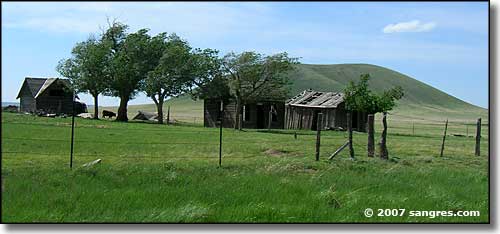
An old homestead at the foot of an old volcano (Horseshoe Mountain)
The Raton-Clayton volcanic field was active between 10,000,000 and 4,000 years ago. There are cinder cones and volcanic materials scattered all over eastern Colfax and western Union counties. None of these remnants is very large but a couple of them are being mined for the lava pummice they contain. Capulin Volcano National Monument is to the north of where these photos were taken.
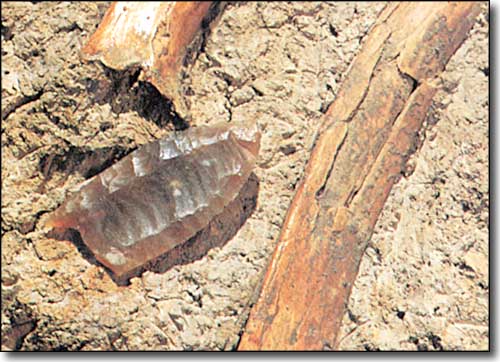
The first Folsom Point
Native Americans came into this area a long time ago, searching for obsidian (volcanic glass) that they could make into arrowheads. The Folsom Point (found near Folsom, of course) is a famous example of this. The ancients would chip flakes from the obsidian to slowly form arrowheads which they would then tie to the shafts of their arrows. The first Folsom Point was found in the gravel beside a washed out creek, still stuck between the ribs of an ancient bison.
The more modern settlers probably came here because the volcanic soils tend to be quite fertile, although the area itself is classed as semi-arid. As the weather in this area sees a long dry/wet cycle (around 35 years for full cycle), the farmers might have done well until the cycle shifted into its' dry times. These days, it looks a lot like cattle country out here.
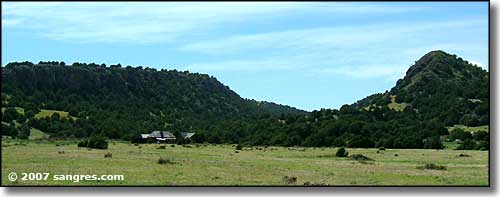
The old village of Palo Blanco is in between two old lava ridges
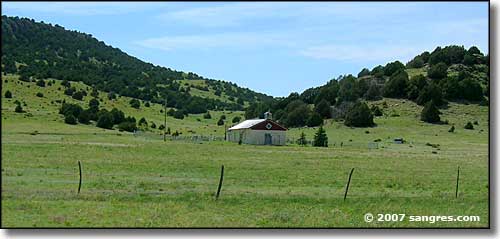
The Palo Blanco Church and cemetary
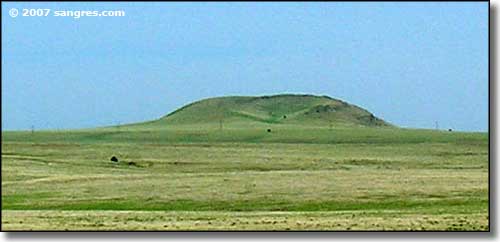
An old cinder cone east of Palo Blanco
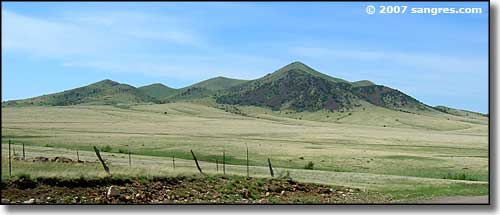
The lava formation we call Palo Blanco
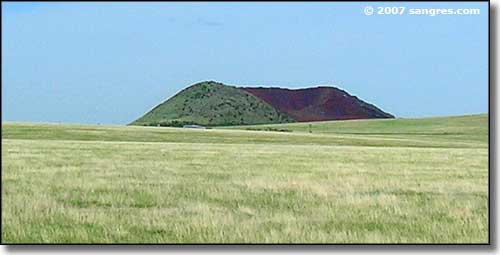
A cinder cone being mined for the lava rock that sits in the bottom of your gas grill
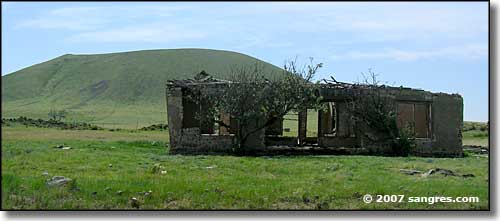
Another old homestead near the base of Horsehoe Mountain (an old volcanic vent)
